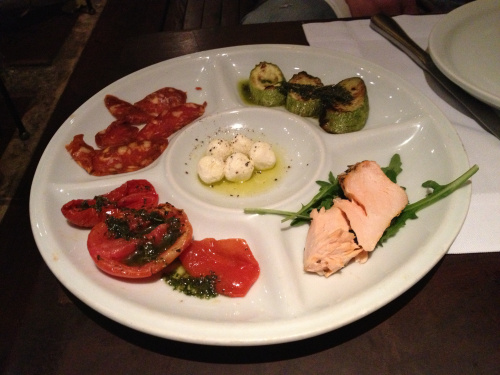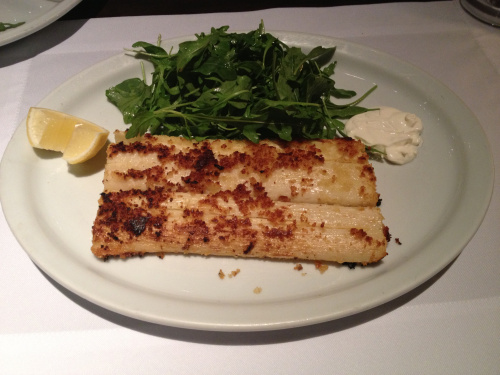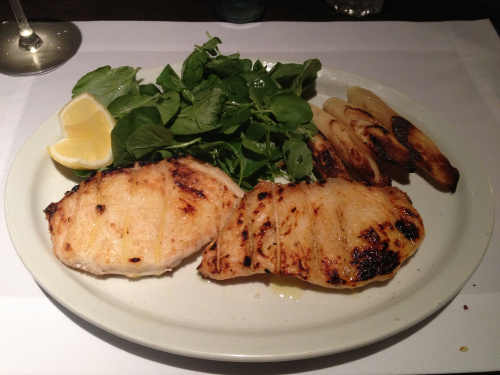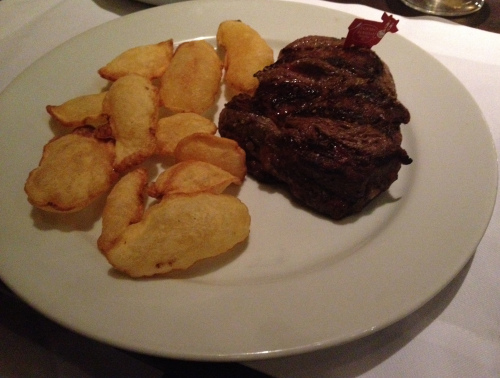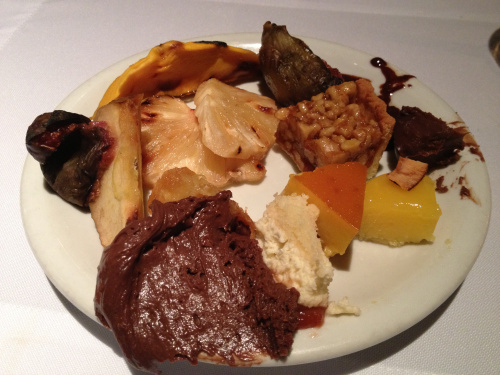Satyricon: legendary seafood restaurant still keeps the tide high in Rio de Janeiro
Satyrs, according to a Greek myth “were represented as goatlike men who drank and danced in the train of Dionysus and chased the nymphs” (source: Collins dictionary). As its name suggests, Satyricon is about having fun and enjoying the pleasures of life, like food and wine. In Satyricon’s instance, the joy comes from seafood and well-crafted wine list.
Imagine a seafood kingdom. A giant lobster king seated next to a leggy crab queen on an ice throne surrounded by tall and trim langoustine advisors and courtly shrimp entourage.
A tail away dwells a mighty fish commando observing the theatrically elaborate royal order with eyes wide open. Staring bemused while their shiny bodies – as if hypnotised by the crushed ice underneath – remain in an absolute deadly stillness. I chose this melodramatic scene because it illustrates the appealing seafood bar at Satyricon.
Served fresh in high-flown as well as basic preparations: raw, sliced, chopped, pounded, cooked, seared, baked in salt crust or pan-fried. Supplied with home-made pasta, risotto, crunchy vegetables or presented simply on their own, the seafood is superb and kept the restaurant afloat since 1983. For trendy Rio, over 30 years in business is a remarkable achievement. No wonder that celebrities like Sting and Madonna dined here.
To try the most, the Mixed seafood platter is the best starter to share with others. It is large so you better have at least one, but better three or four dining partners helping with the generous serving of various fish tartars – salmon, tuna; even avocado; scallops drizzled with savoury lemon sauce; raw fish carpaccio dressed in herbs and citrus fruits and more. Just ask the waiter for daily suggestions and note your preferences. A glass of dry brazilian sparkling wine or crisp mineral white wine (Chablis style) sets the right mood for the feast Dionysus himself would approve of.
The seafood is mostly from South Atlantic, close to Brazilian coast, yet its final serving has an Italian twist. Mediterranean-style, to my opinion, is the most flattering preparation for the sea creatures, since it elevates their pure natural taste with a minimum of intervention and added flavourings. One of the house specialties is the pargo, a white fish crusted in rock salt and baked.
Anyone can choose the main course from the fish market-like ice bar near the entrance. The by-wide-brazilian-smile-braced waiters explain the taste features of each species to make the choice easier so nobody picks the fish for its lovely blue eyes only.
Multiple courses are advised by the composition of the menu. Three or four, including a dessert, will fill you up just enough. My intermezzo before my main plate of exquisite Grilled Scampi was a plate of linguine pasta with fish and tomato sauce. I got truly captivated by the restaurant’s Italian spirit. There are no words worthy of describing this soft, fresh and succulent al-dente cooked dish. “Grazie, perfettivo!” [Thank you, perfect in Italian].
For the fancy crowd there are cuts of sashimi, and house-made maki rolls. Popularity of these japanese snacks has not missed even Brazil. Most of the desserts are fruit-based, but ice-cream and tiramisu are options for the sweet tooth with space left for these seat treats.
Satyricon’s convenient location in the heart of trendy Ipanema, not far from the beach, attracts local socialites and very well-dressed crowd living in the area. A cocktail before lunch or dinner at a small bar right at the entrance is a festive and convivial embarkation to a delightful dining cruise inside the stylish, soft-hued extensive dining room. The wine list reflects the nature of the seafood, but also includes some bolder red wines, for these who either decide for a steak or do not bother complicating their lives with wine and food matching.
Opening Hours: Daily 12noon- midnight
Address: Rua Barão da Torre, 192 – Ipanema, Rio de Janeiro
Contact: +(55) 21 2521-0627



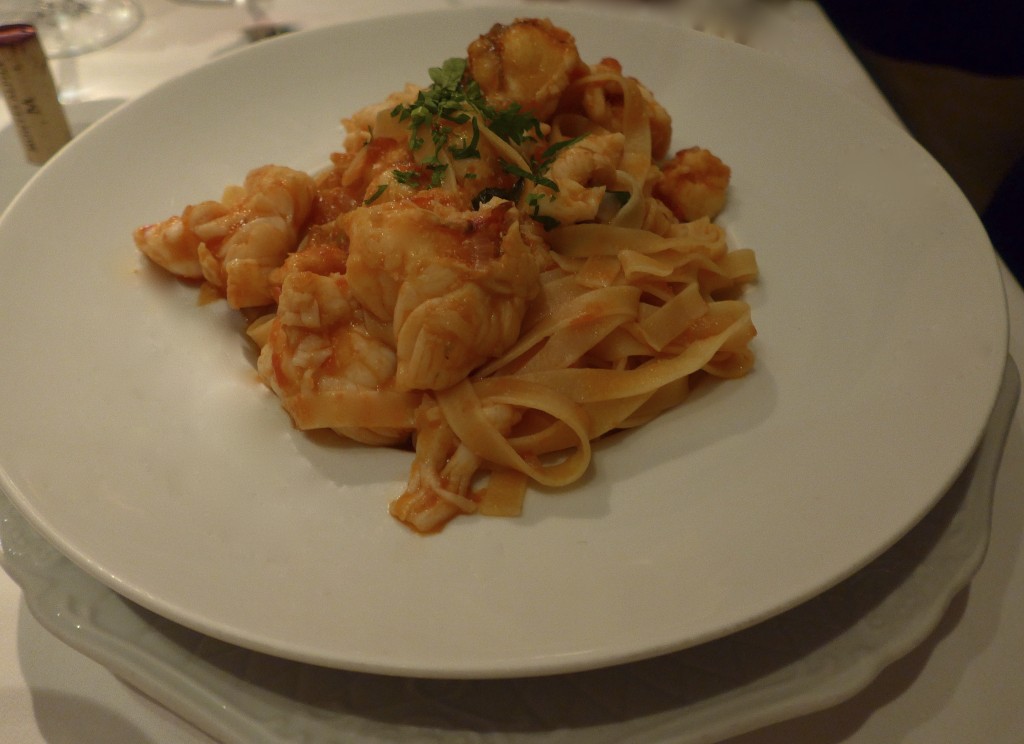
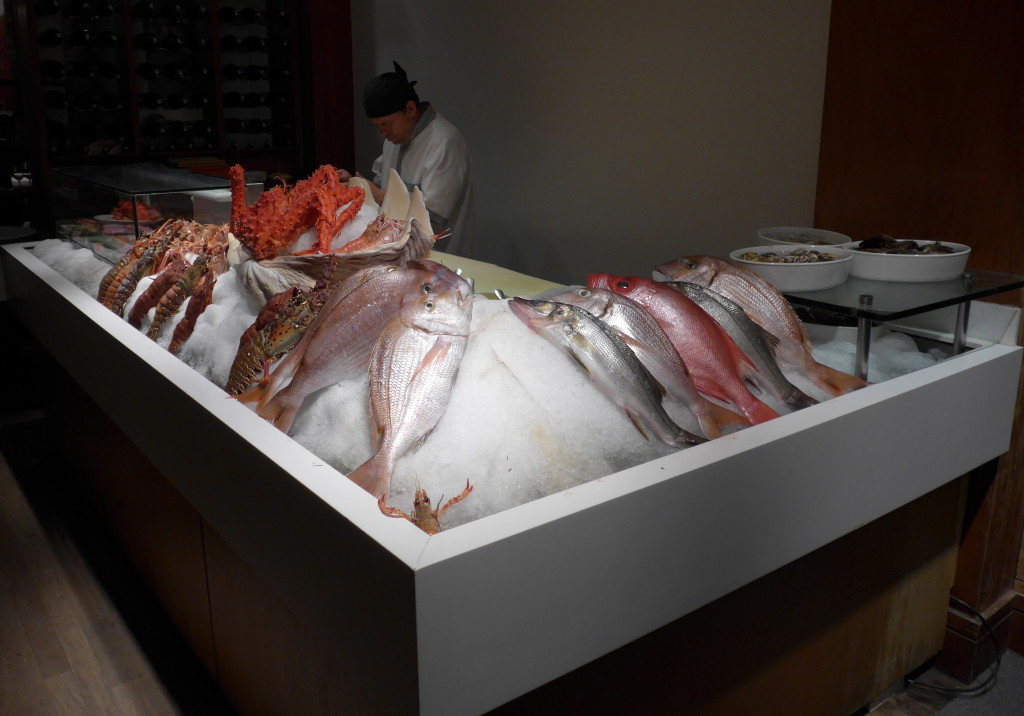
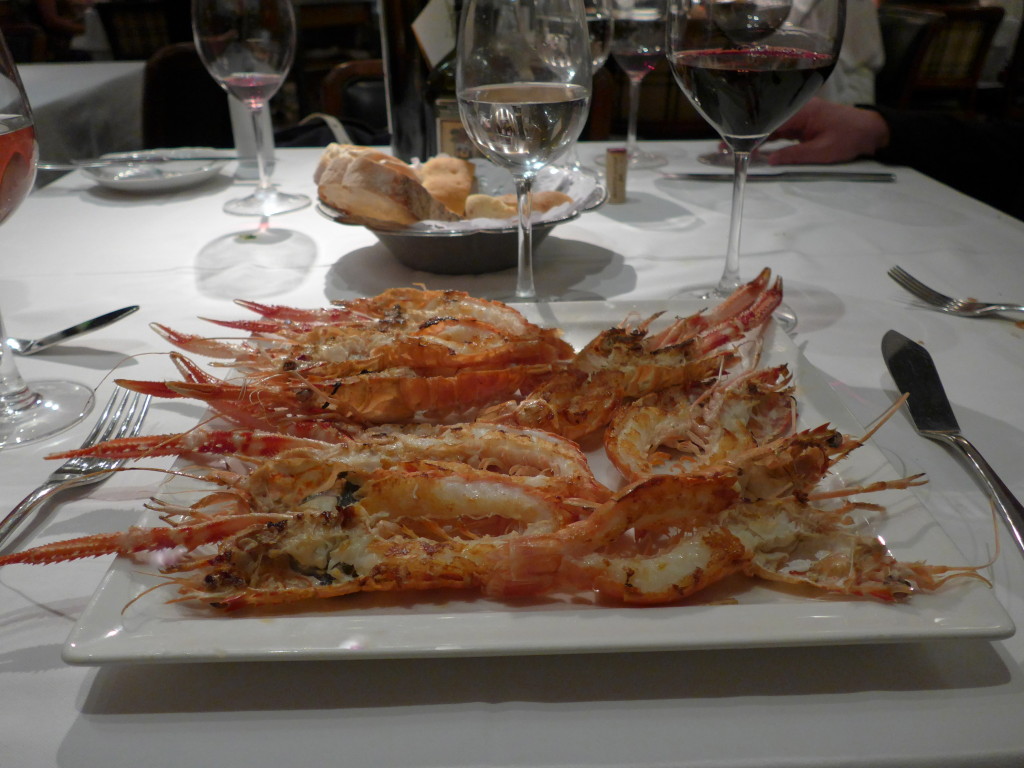
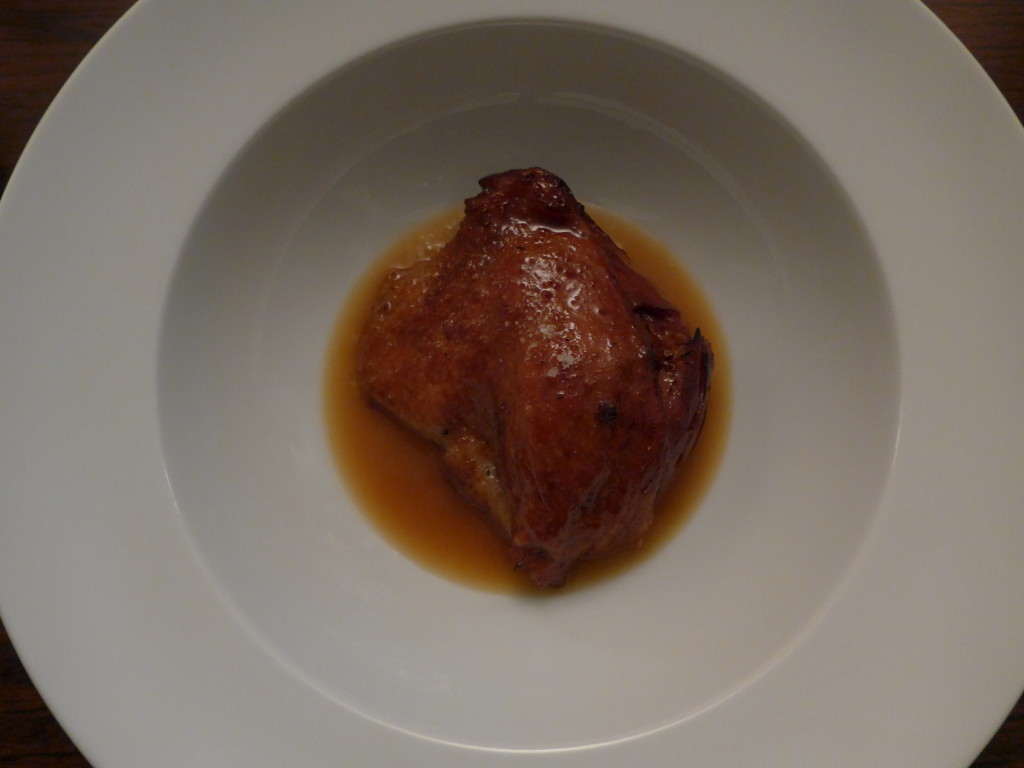
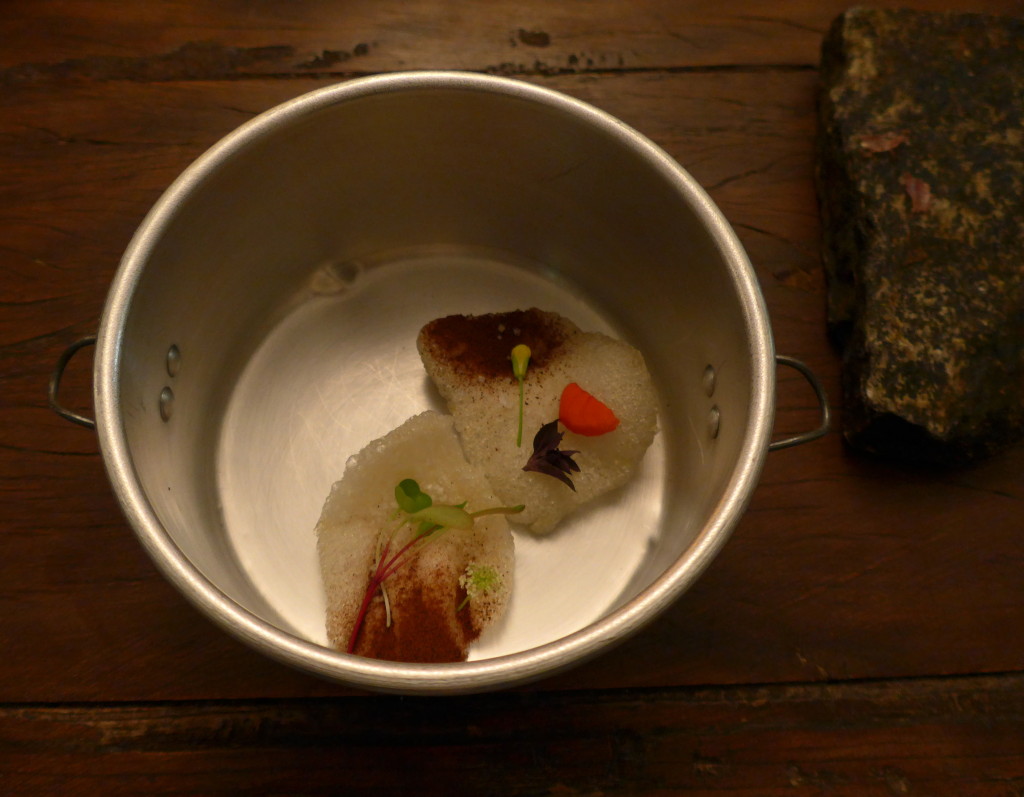
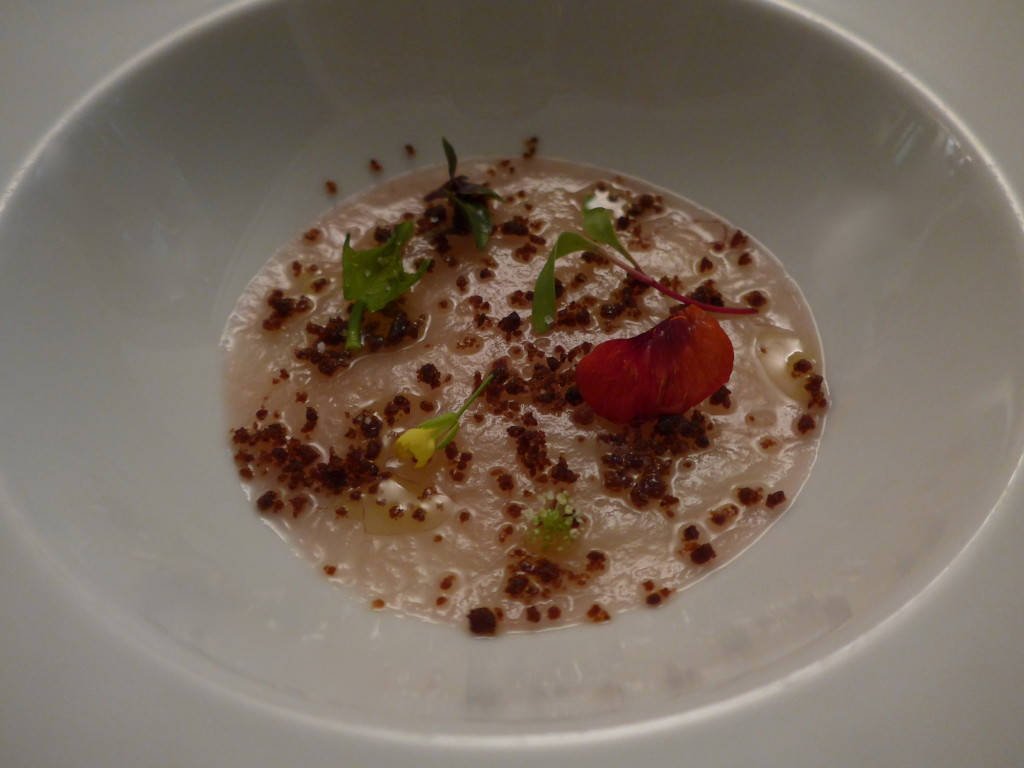
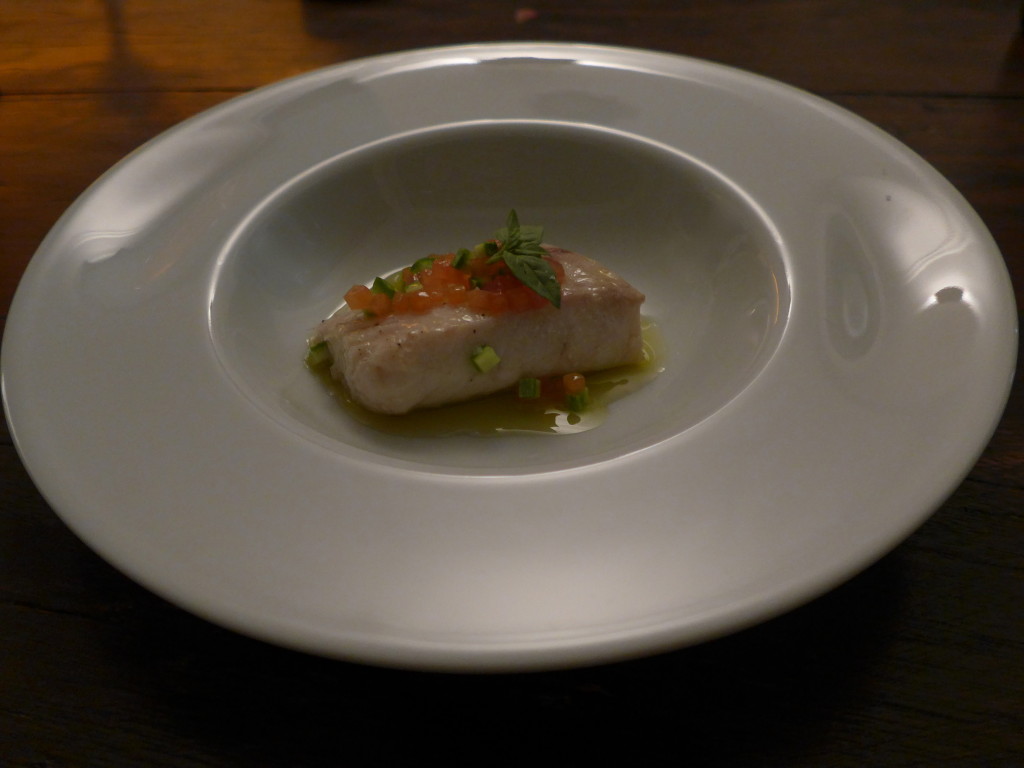
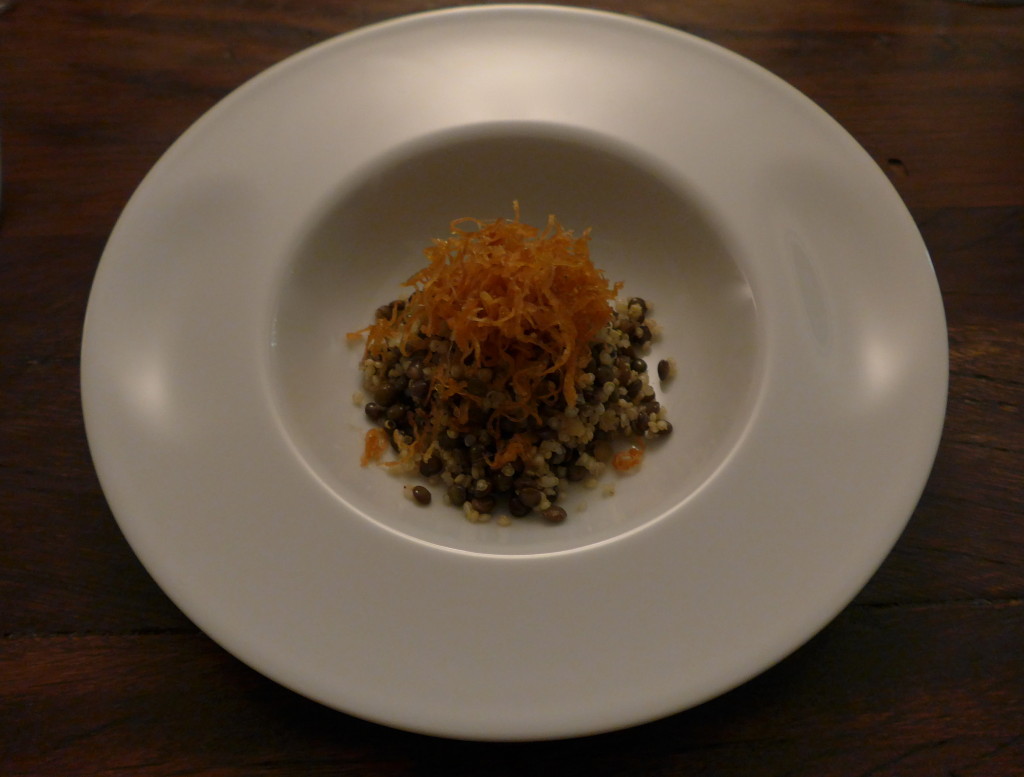
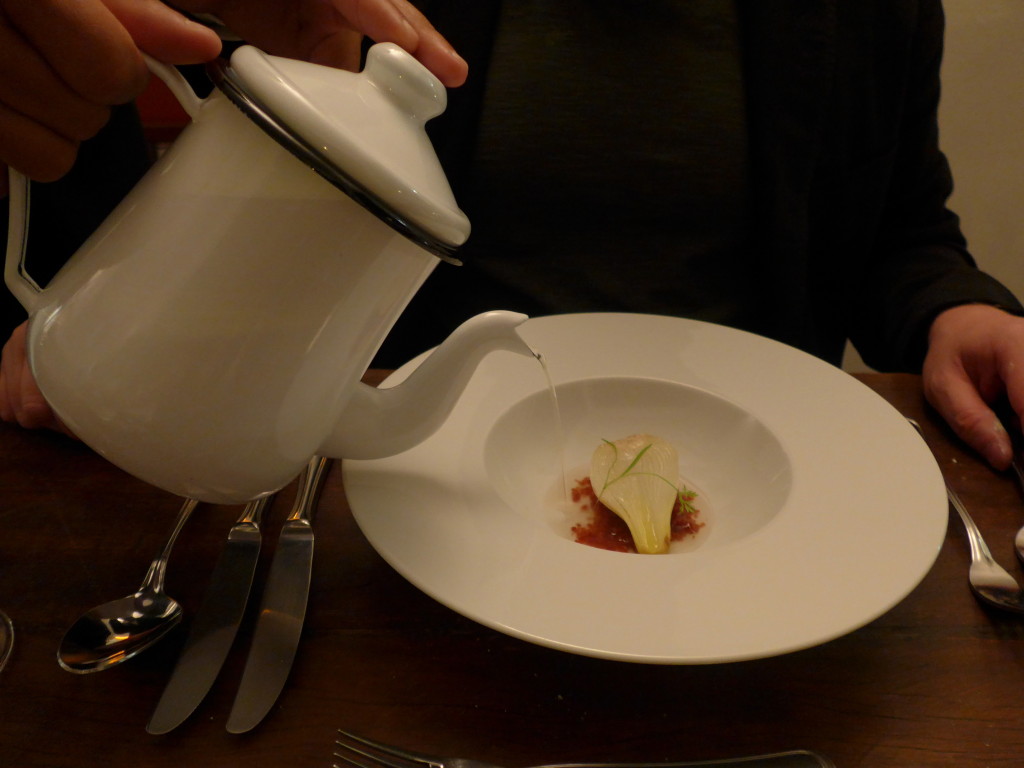
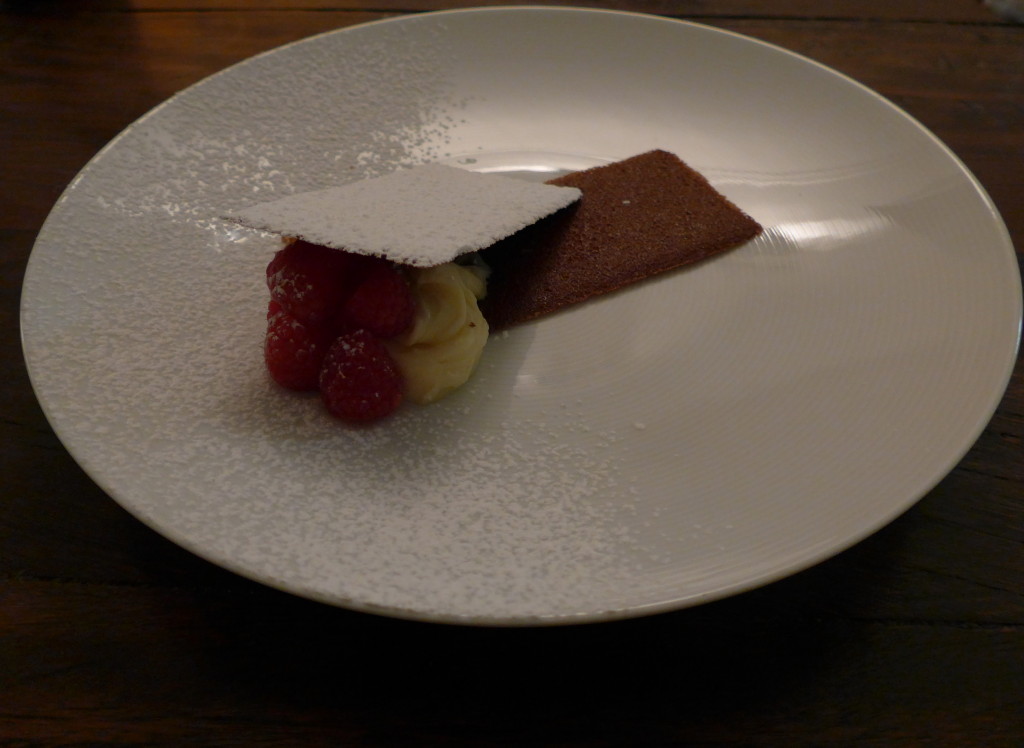
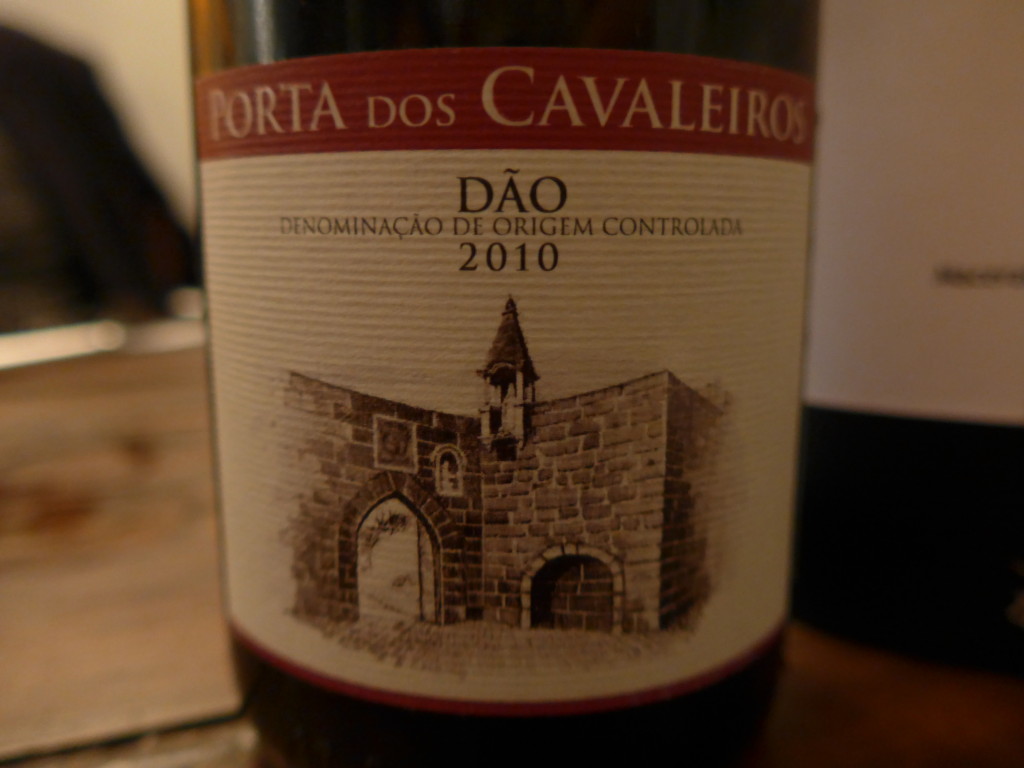
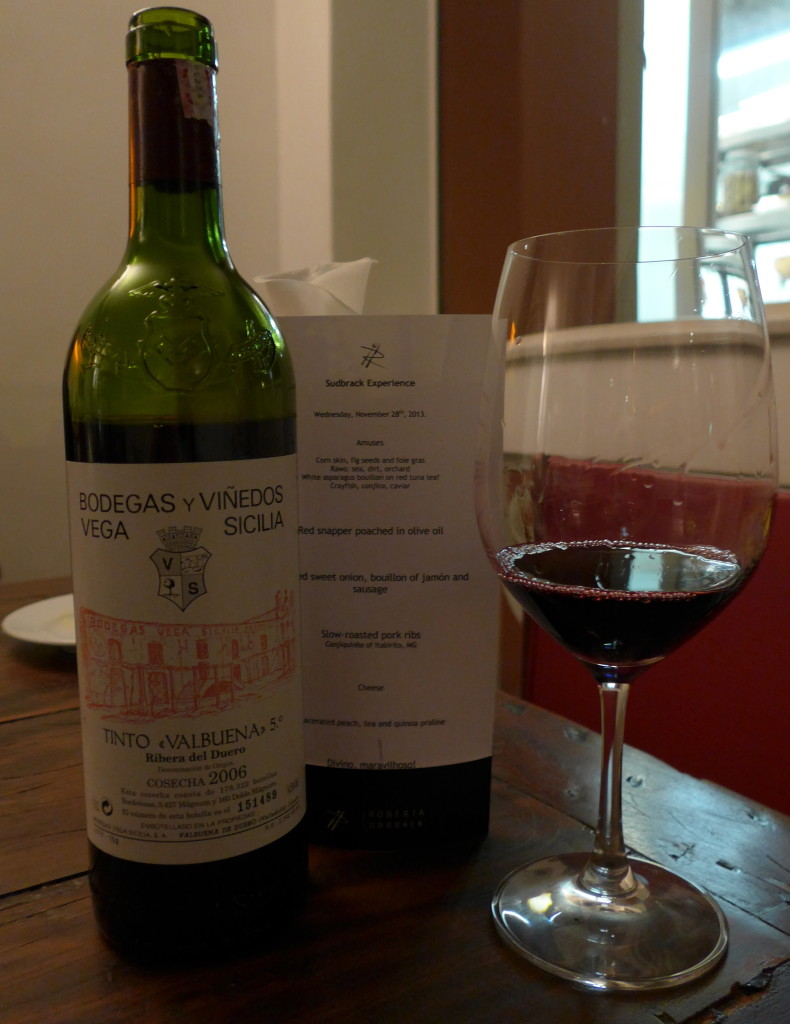
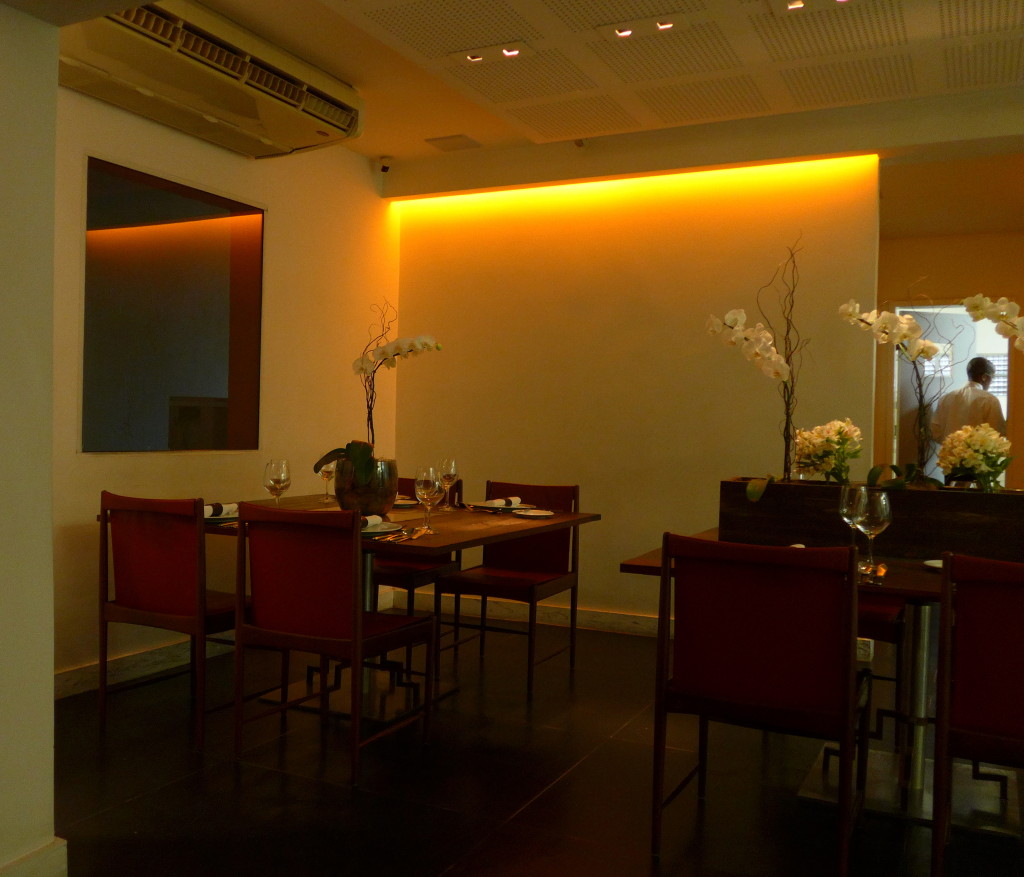
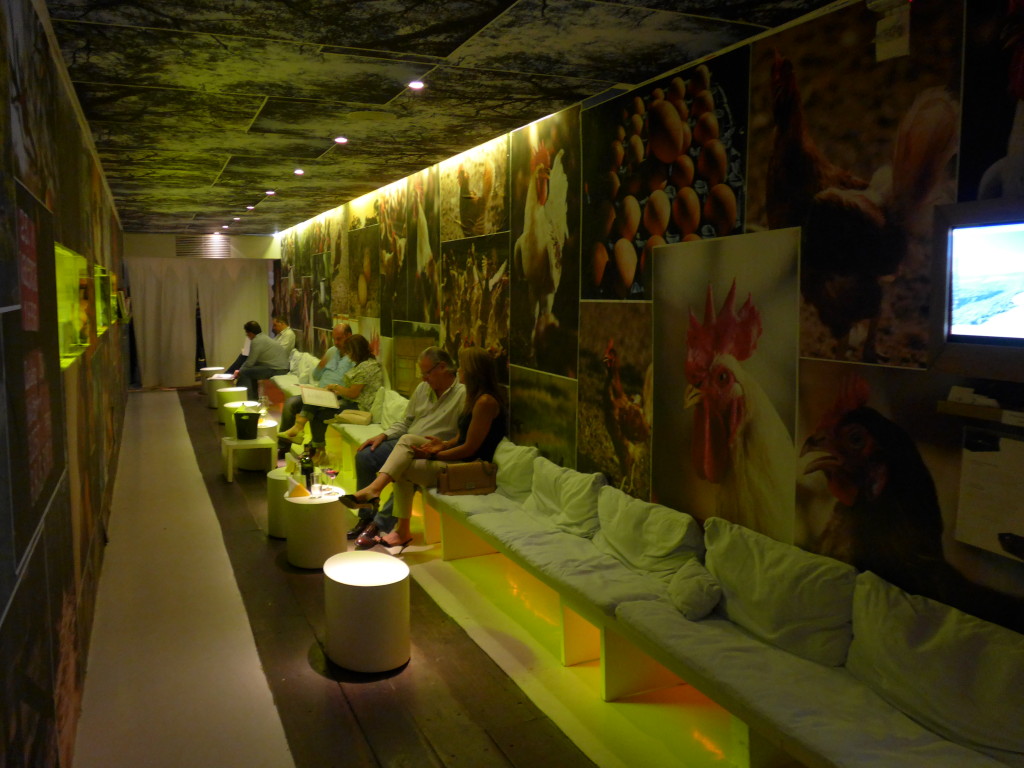
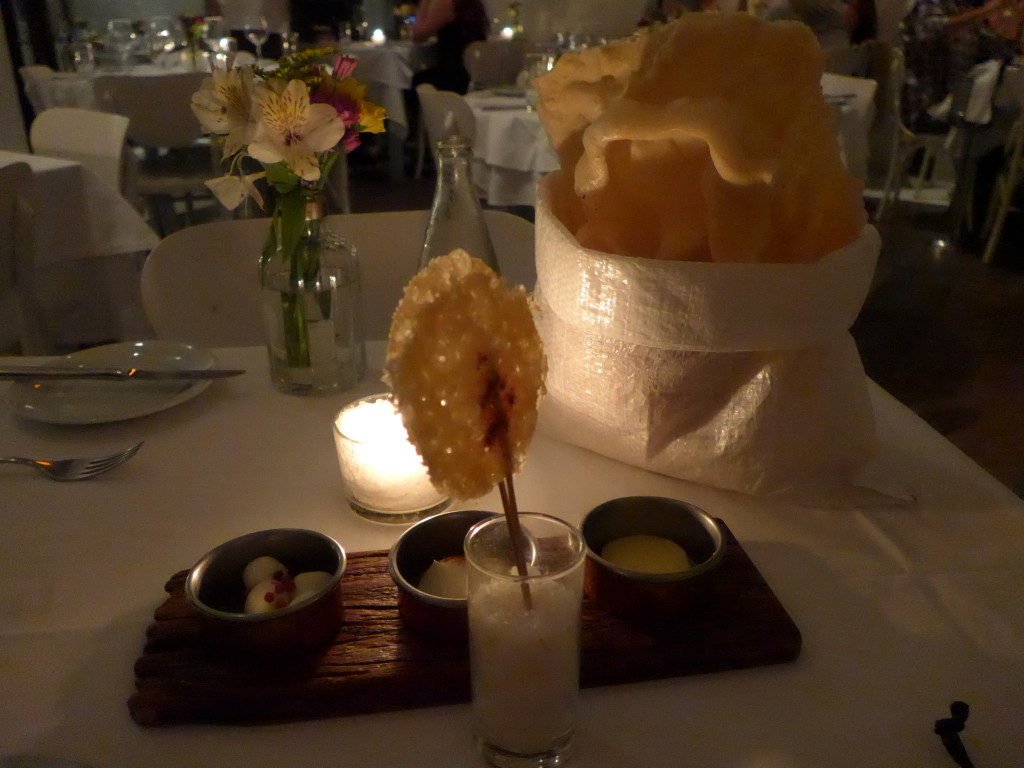
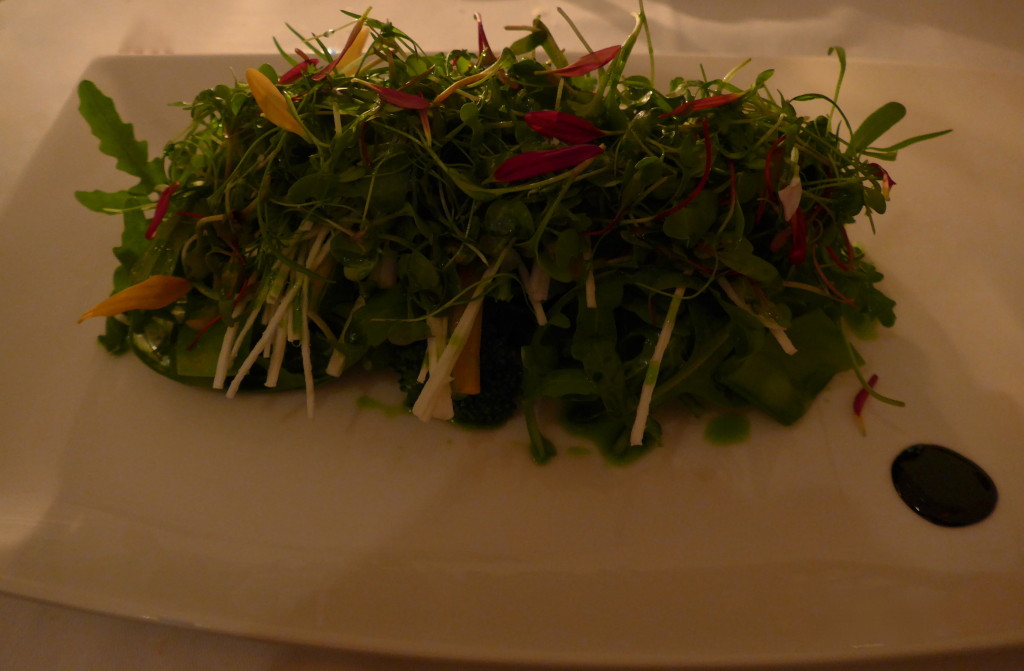
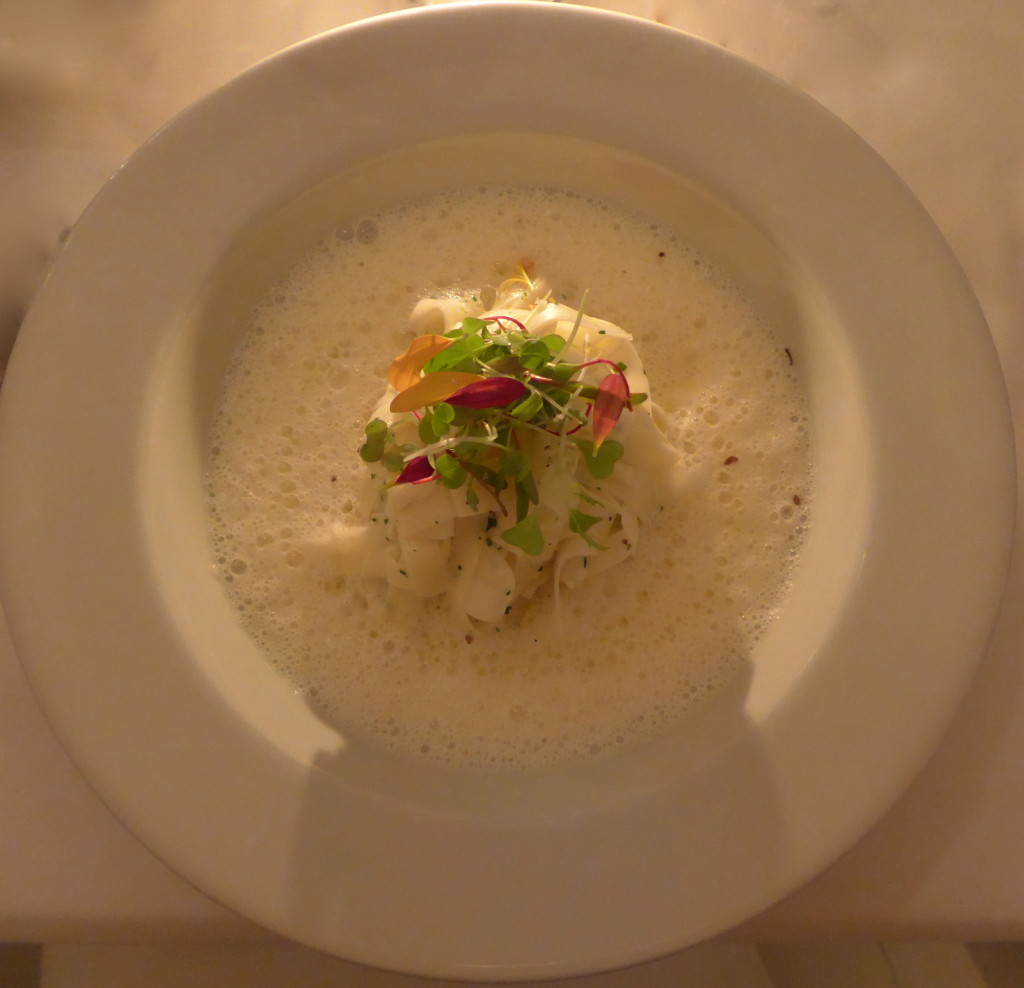
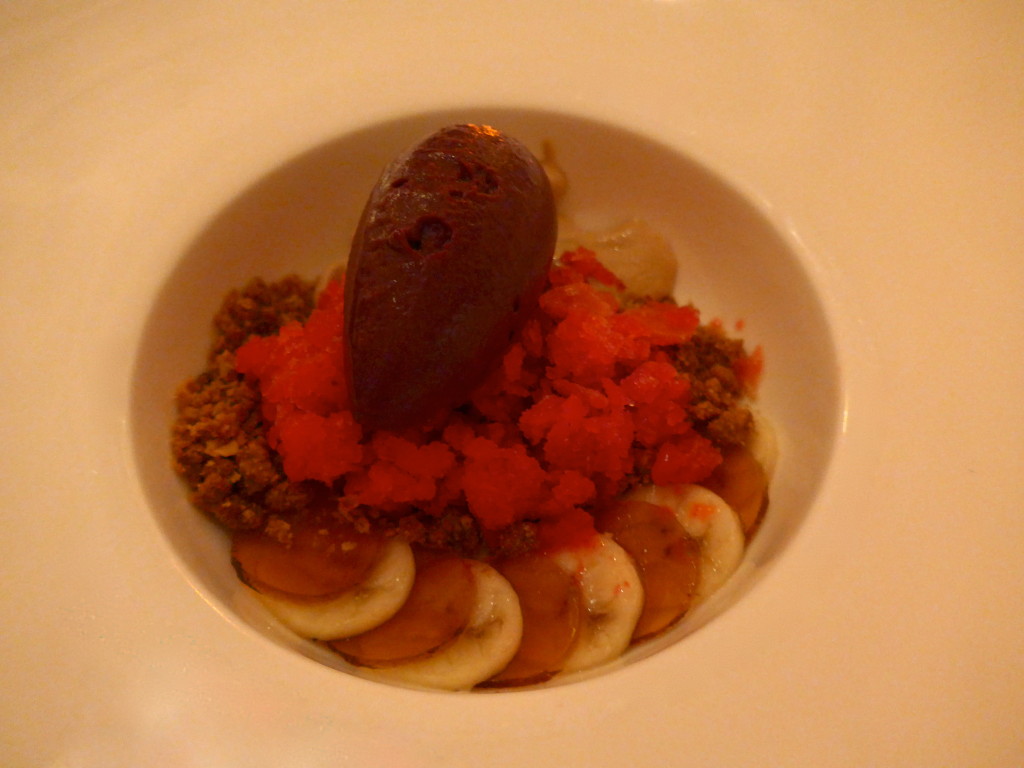
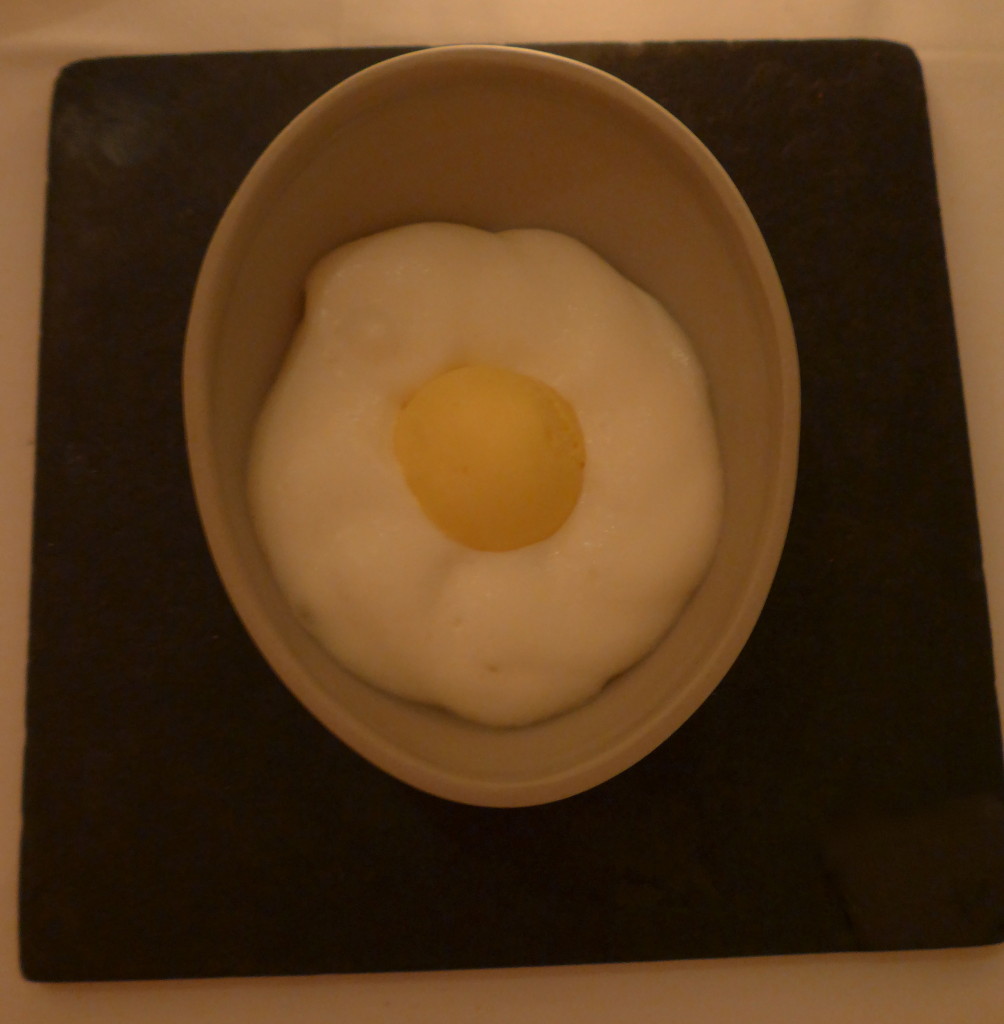
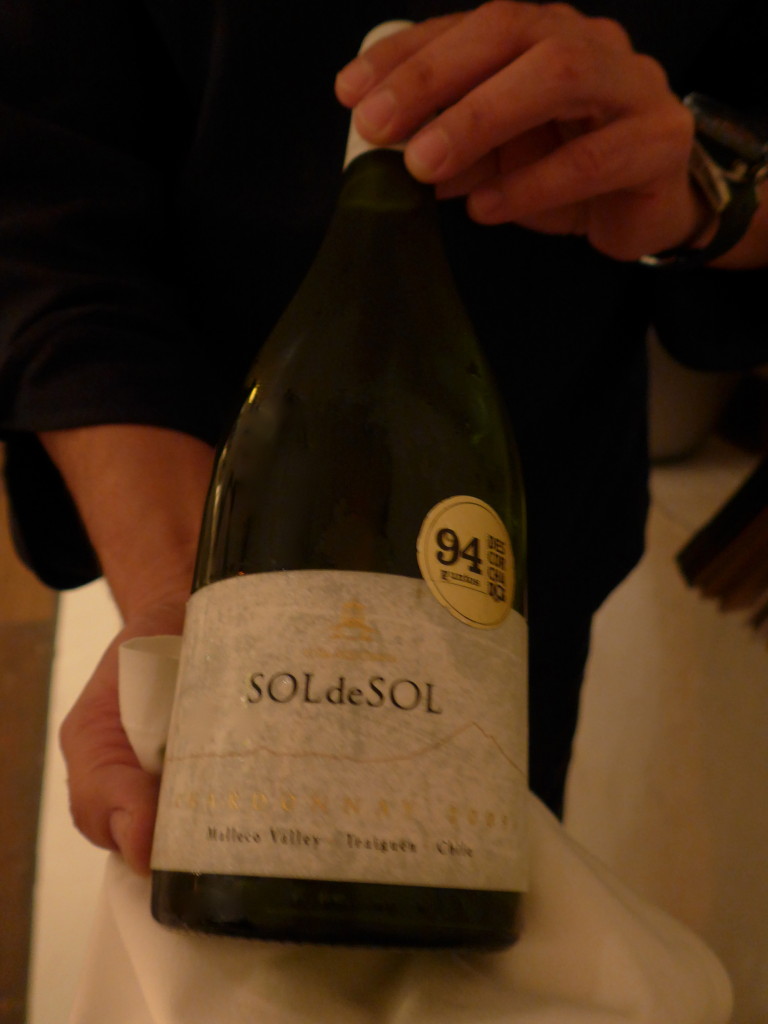
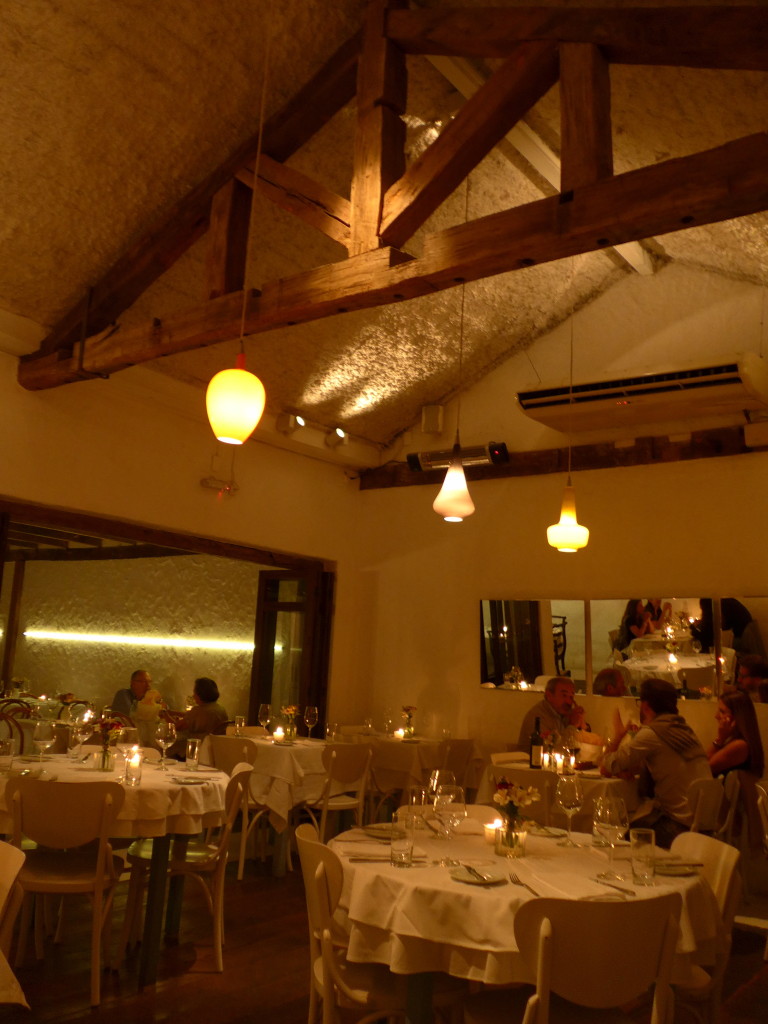
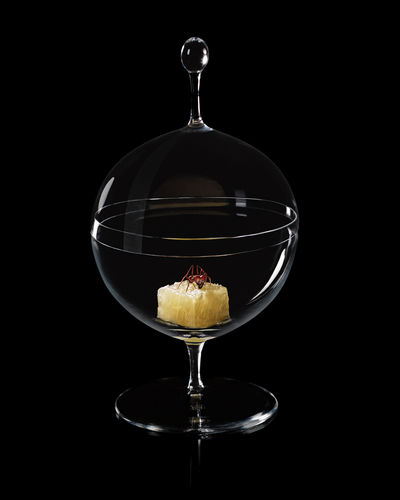
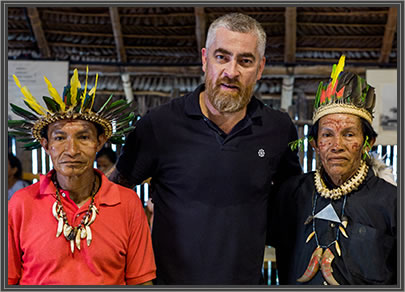
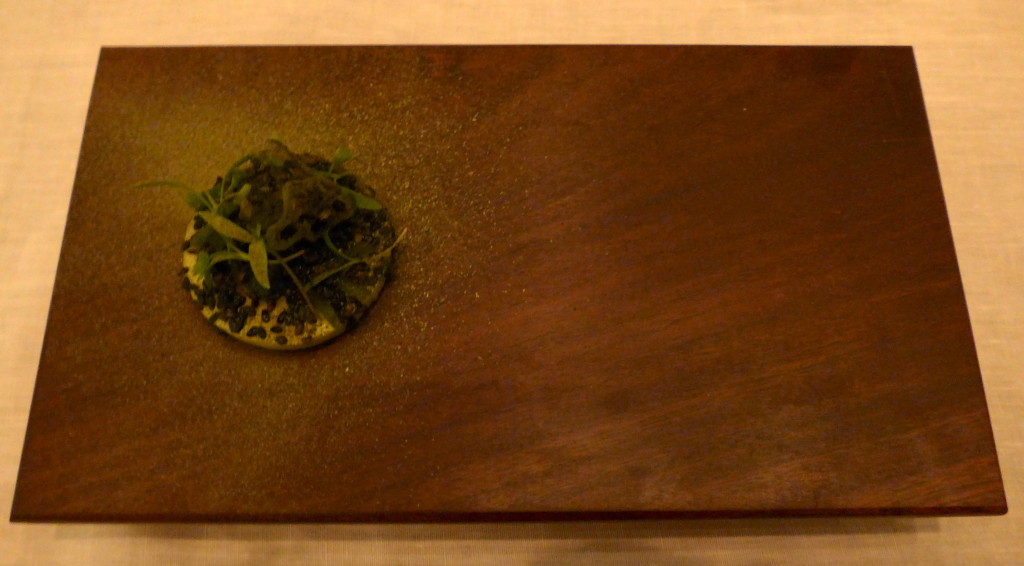
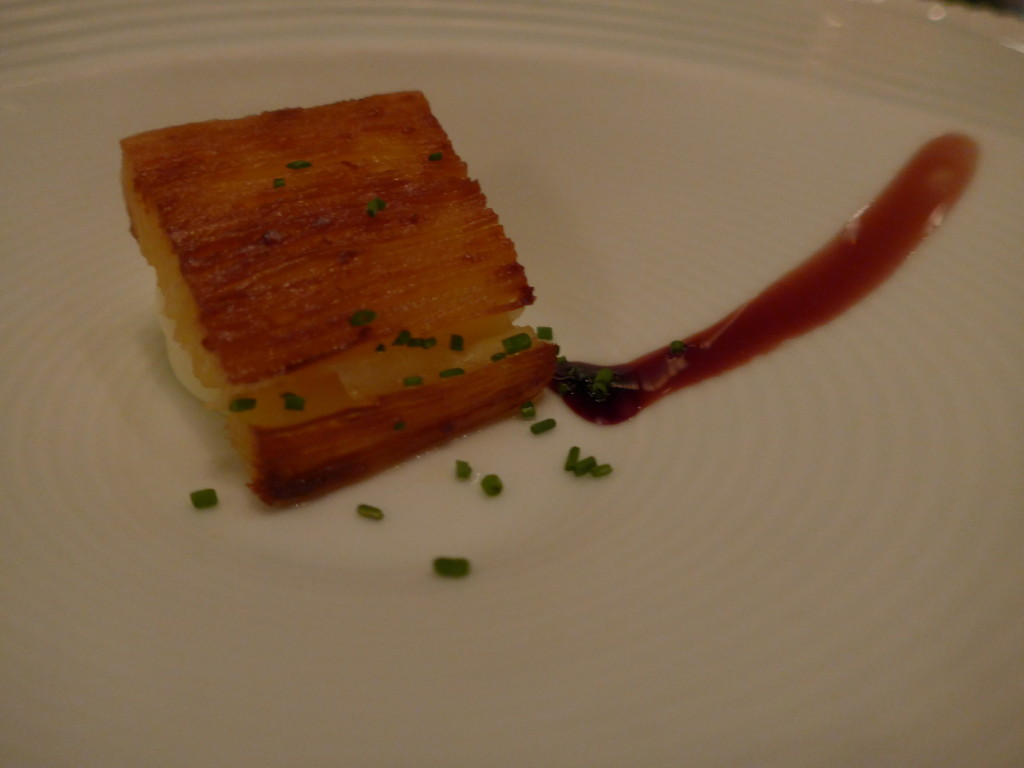
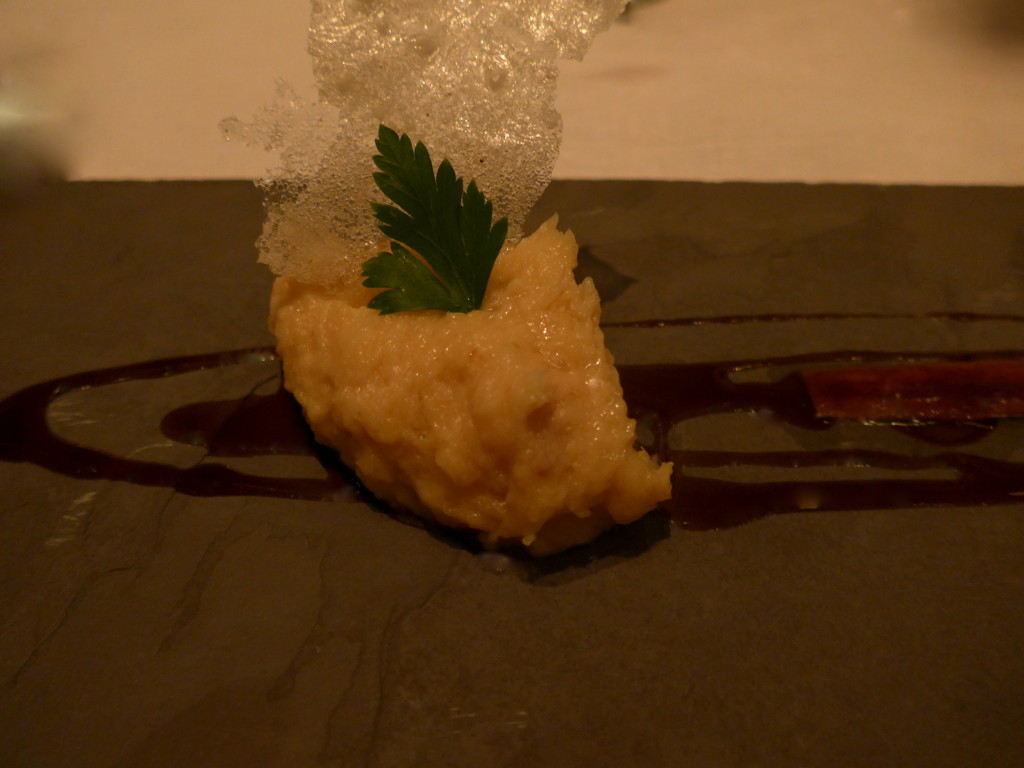
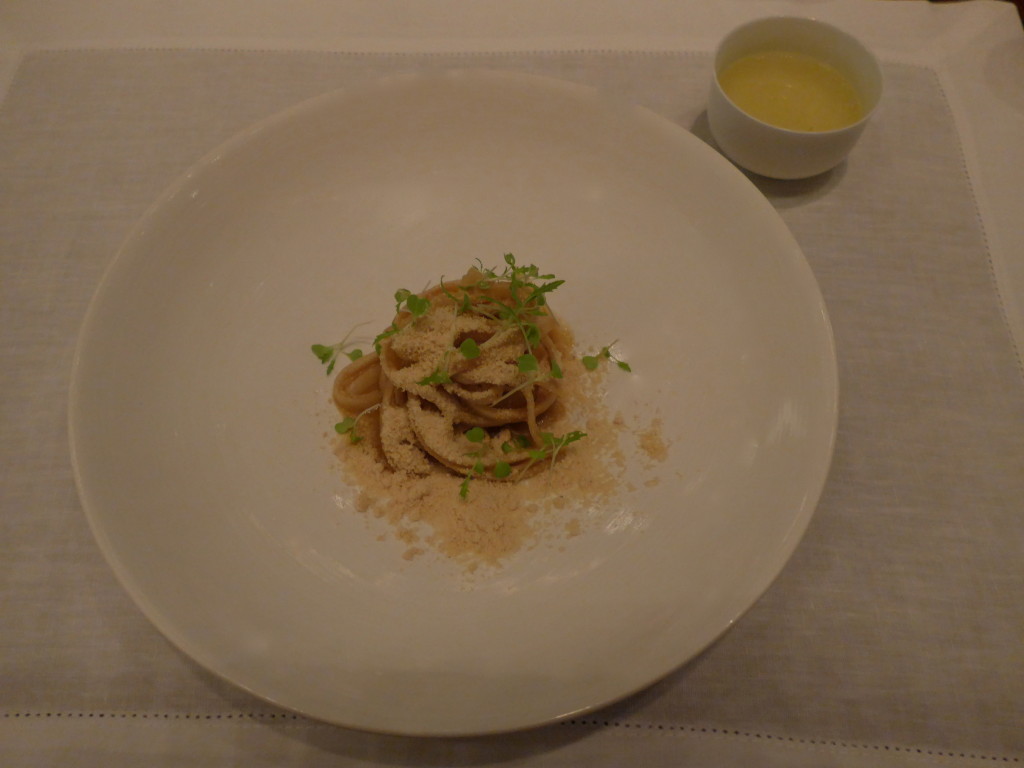
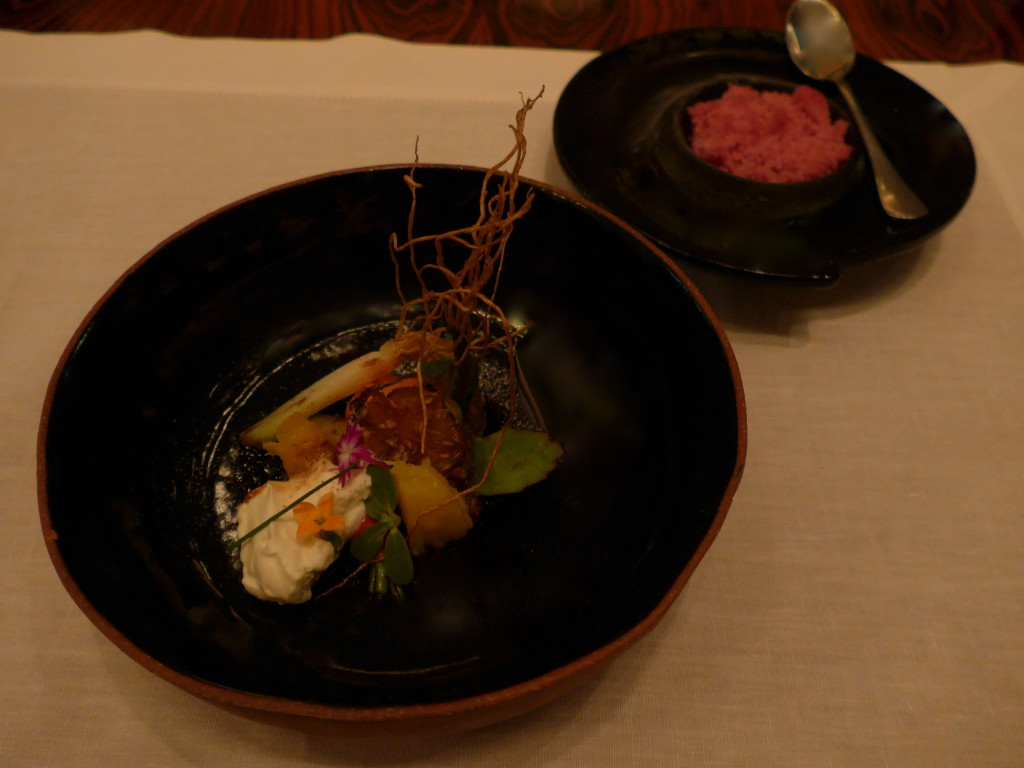
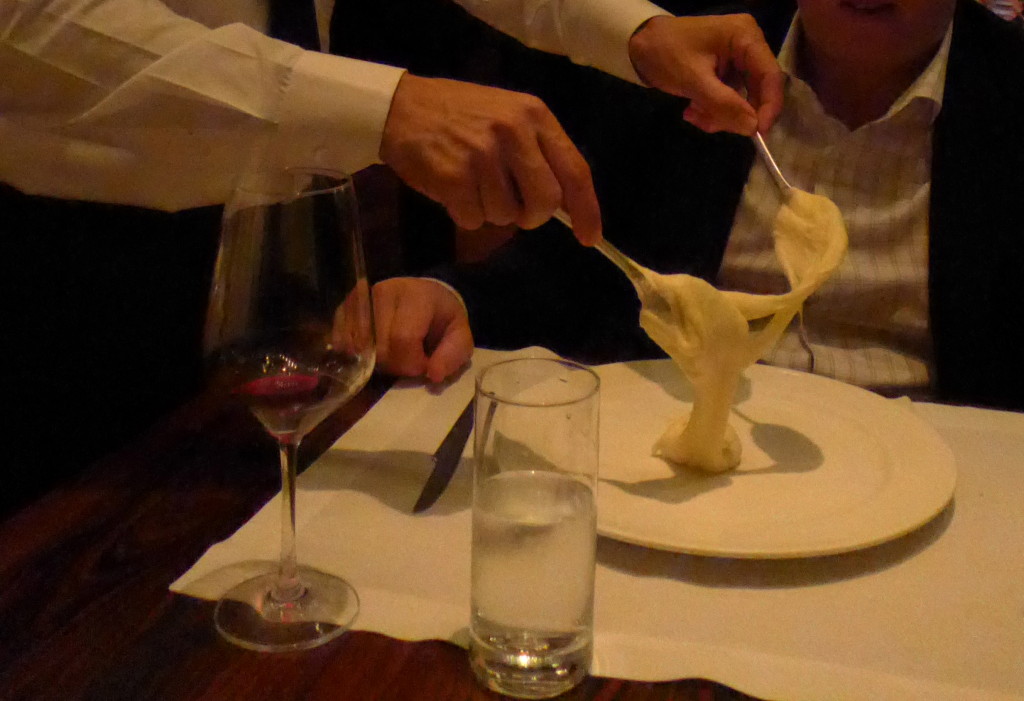
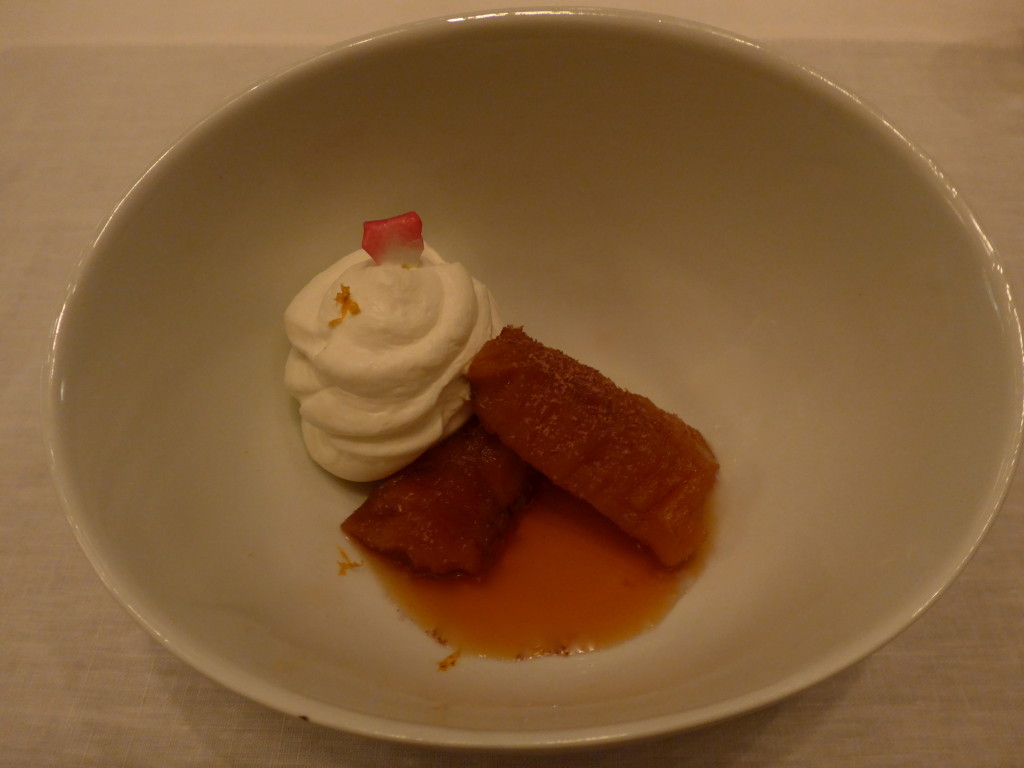
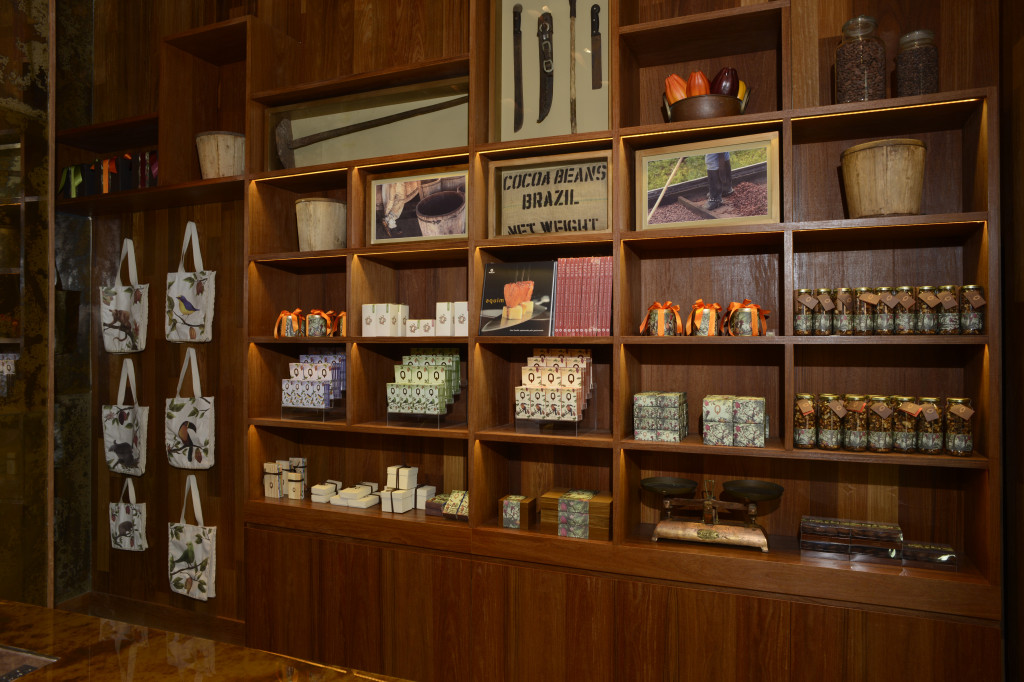
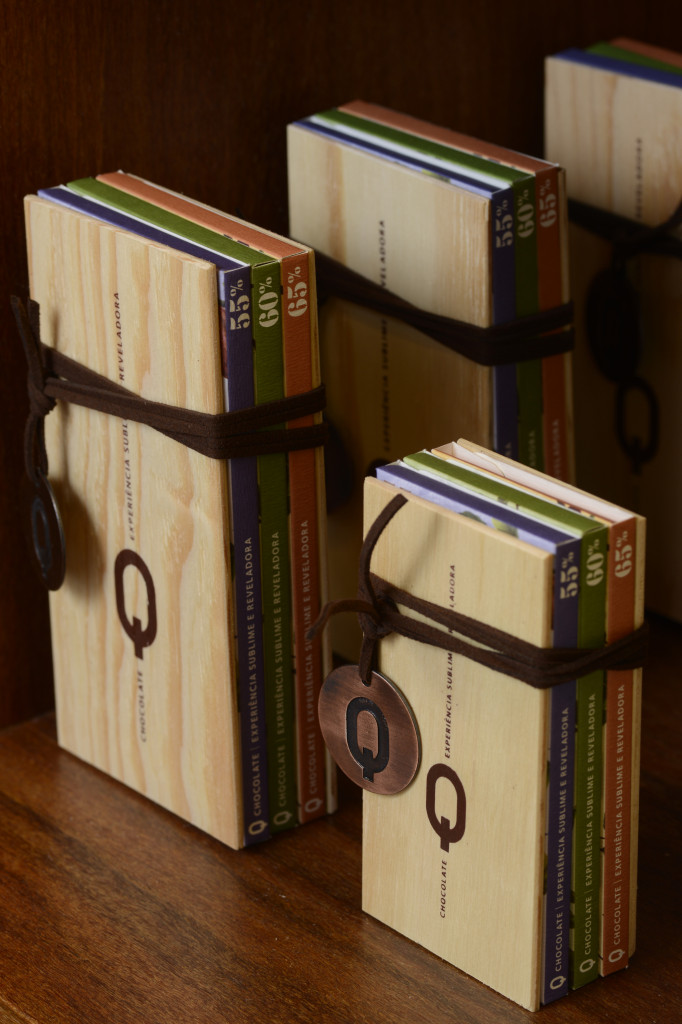
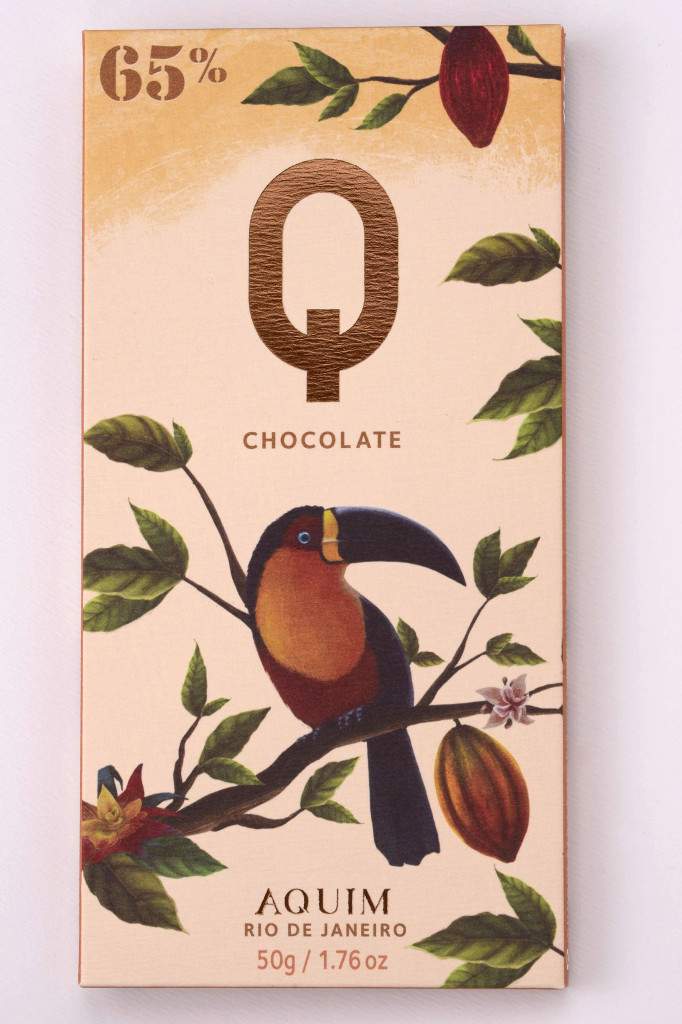
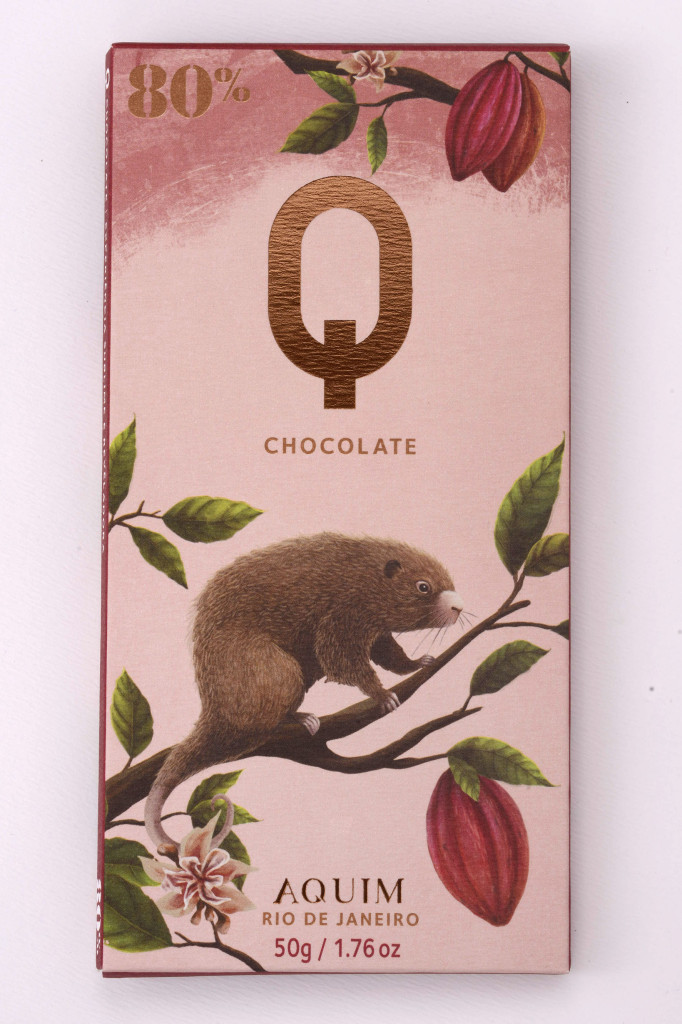
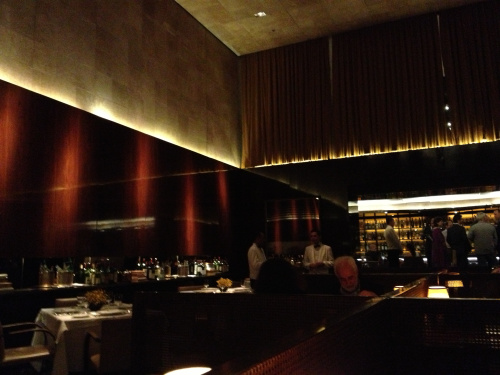


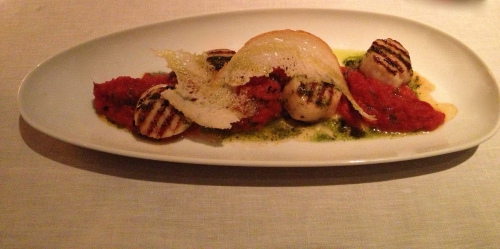
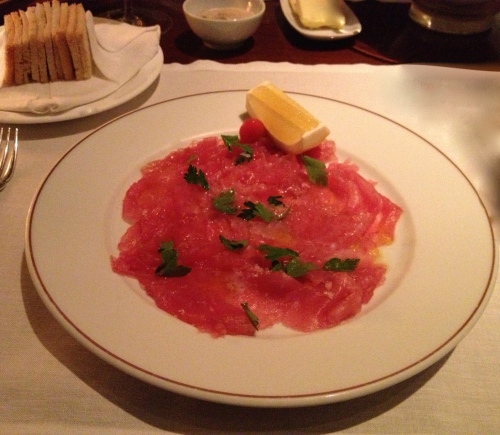
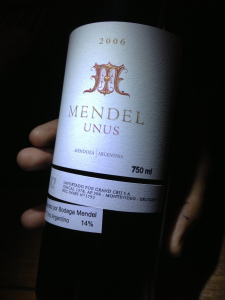
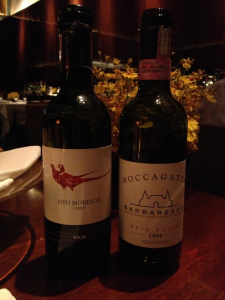

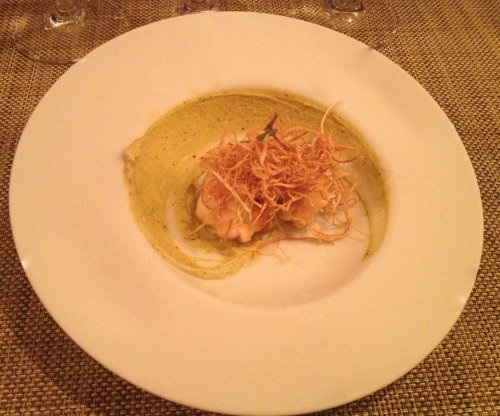
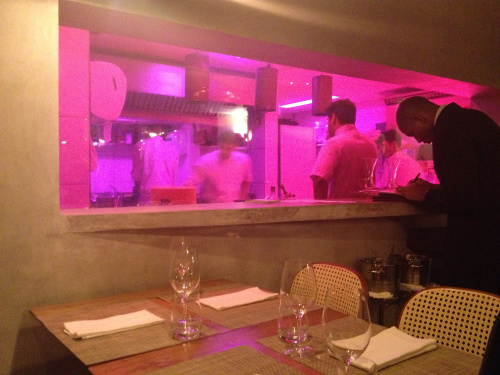
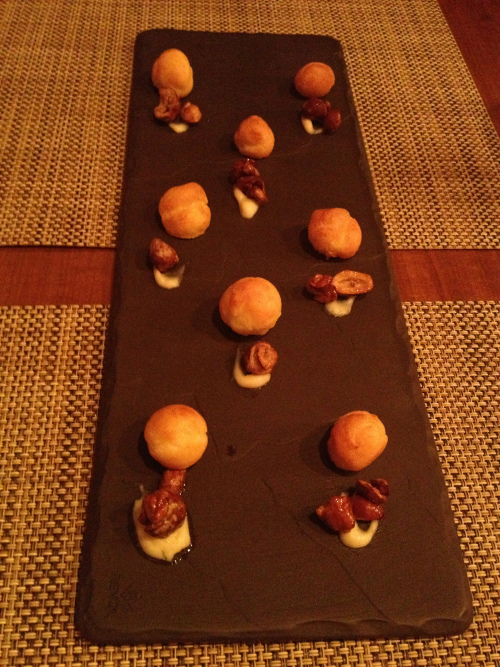
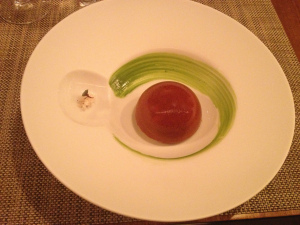
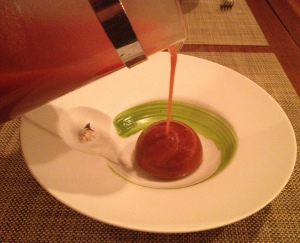
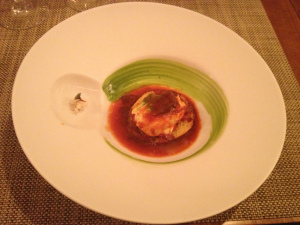
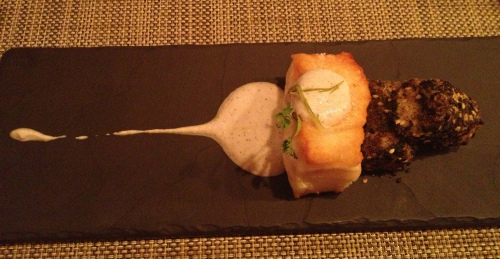
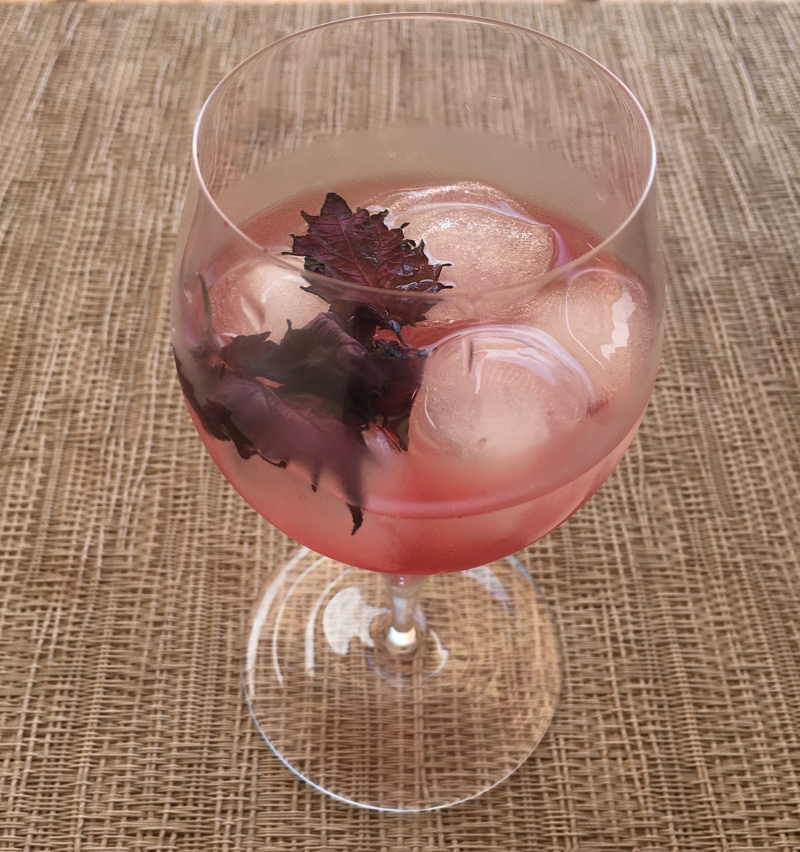
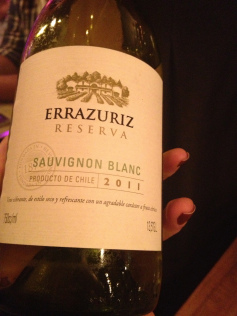
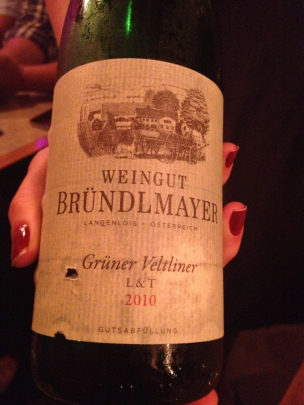
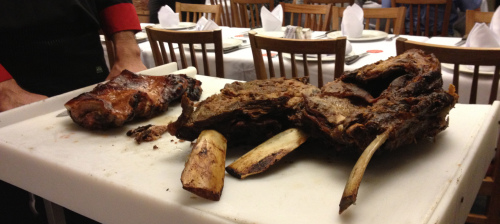

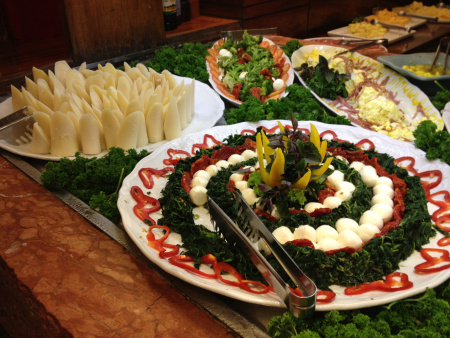
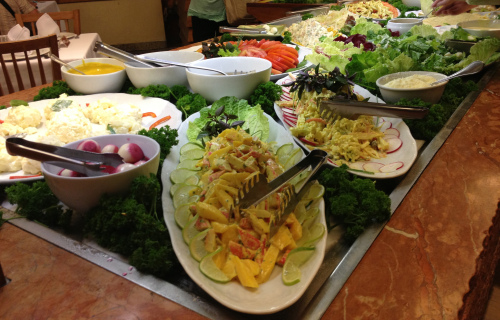
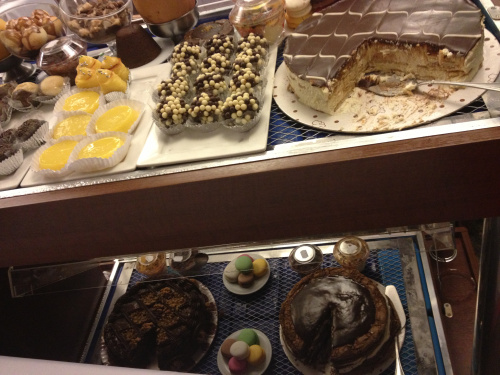
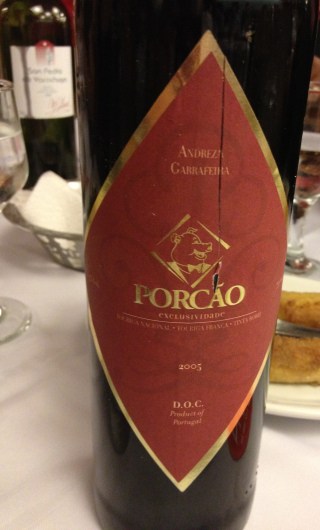
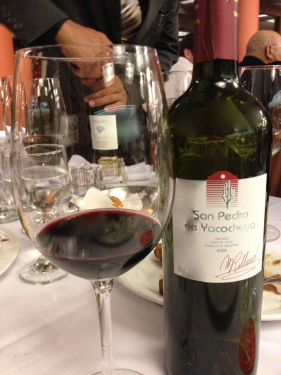
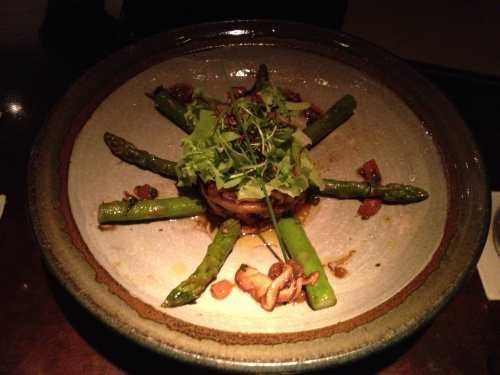
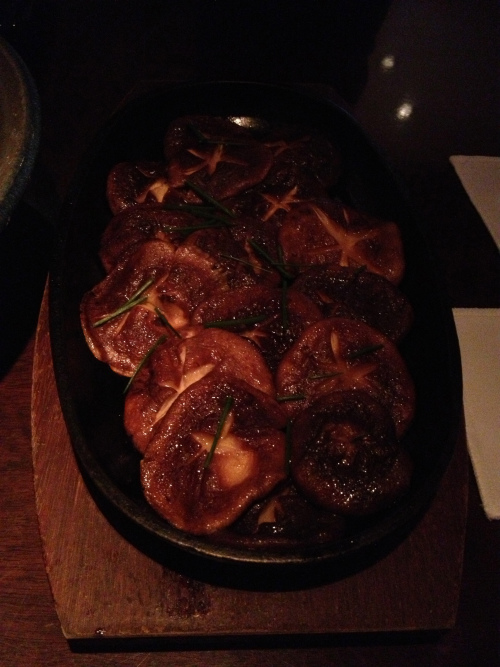
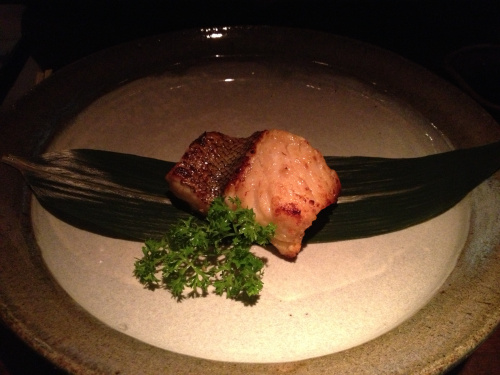
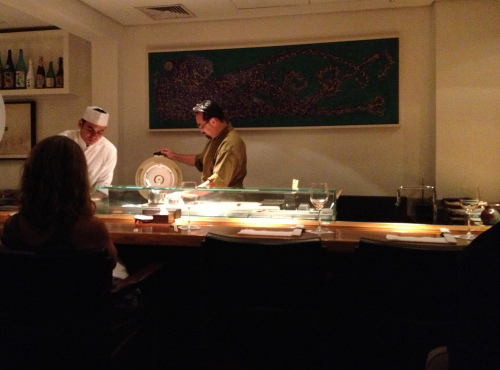
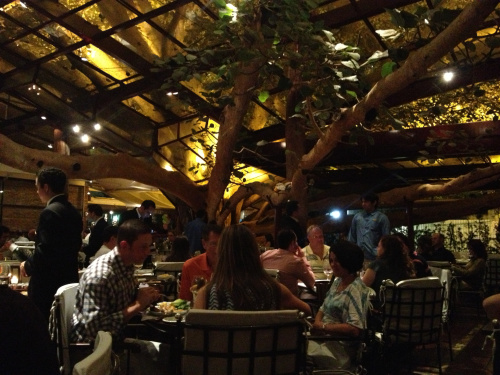 Food: BBQ and typical Brazilian dishes from Amazon fish to tropical forest fruits. The quality of the ingredients and unpretentious cooking are the major strengths of Figueira Rubaiyat. Getting meat from their own farm, also called Rubaiyat, means that the restaurant keeps high quality control over its star ingredients. Many diners come here mainly for the steak. I must say that the rest is also very tasty.
Food: BBQ and typical Brazilian dishes from Amazon fish to tropical forest fruits. The quality of the ingredients and unpretentious cooking are the major strengths of Figueira Rubaiyat. Getting meat from their own farm, also called Rubaiyat, means that the restaurant keeps high quality control over its star ingredients. Many diners come here mainly for the steak. I must say that the rest is also very tasty.